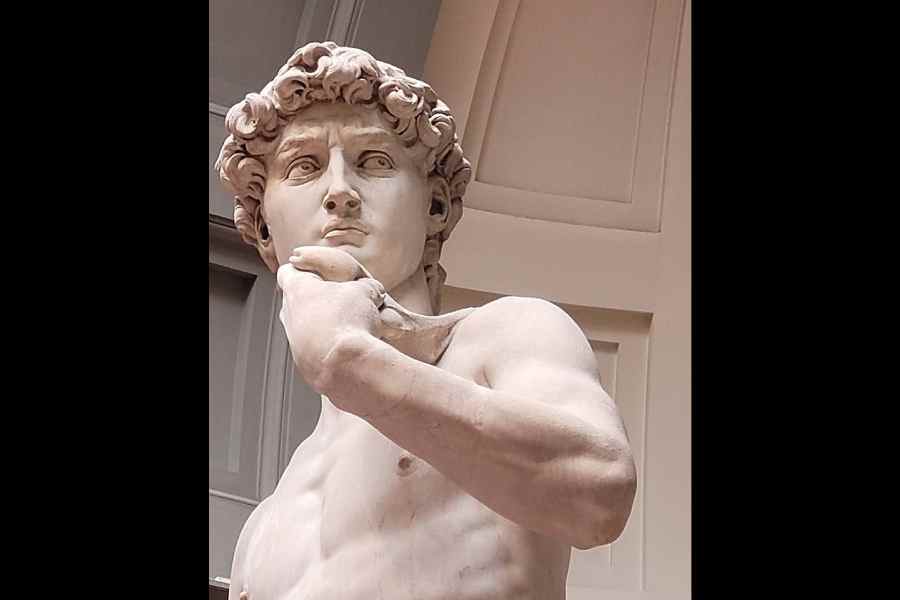Must David fight Goliath forever? Michelangelo finished sculpting his magnificent figure in 1504 and this work, considered by many in the West to be the most beautiful sculpture in the world, resides proudly in the Galleria dell’Accademia in Florence. There David is surrounded by hefty defenders. Leading them is the gallery’s present director followed by the state’s attorney office, which responded to the director’s irate condemnation of everyone, from street vendors and souvenir sellers to magazine editors and bag manufacturers, who dared ‘debase’ David’s dignity by reproducing, altering or superimposing his figure — or focusing on his anatomical wealth — in their products. And then the courts, where the director won cases against these transgressors and earned thousands for her institution. Around them lie the labyrinthine coils of copyright laws, which they navigate expertly. It is internationally understood that intellectual property rights can pertain until 70 to at most 100 years after the creator’s death — the Berne Convention limit is 70 — following which the works are in the public domain. Yet Italy can invoke its own cultural heritage law against unauthorised and disparaging use of such classic works. Greece too has a similar law, as does the Vatican. A 2019 European Union directive, though, said that works in the public domain can be copied and shared freely.
Are these David’s defenders or a new Goliath? Should a classic remain entombed forever in its original medium, preventing fresh entry into its mysteries in each age, forbidding humorous, parodic or irreverent changes that are also ways of remembering and perpetuating its magic? Culture is dynamic; it cannot be imprisoned in tenets of ‘good taste’, ‘dignity’ and ‘reverence’. Beyond copyright laws and directives, there looms the more disturbing issue of ownership. Italy’s cultural heritage law takes over the copyright from the original owners and bestows it upon the museums and galleries which house the works of art. It is this institutional power over the use of works in the public domain and the diktat that the ‘purity’ of and ‘respect’ for art should be preserved that is now in question. Museums cannot decide how people should respond to art or in what form they want it in their everyday lives.
Hostility to so-called ‘disparaging’ use of copies can hurt works, whether Goya’s or Monet’s or Warhol’s, that derive from earlier ones, because laws are unlikely to distinguish between commercial and 'unauthorised' artistic use. Such laws will gradually stop the transmission of images of the greatest art in different ways throughout the world. What, for example, was achieved by winning the case against the company that used Leonardo da Vinci’s Vitruvian Man in a jigsaw puzzle? When a model’s head is superimposed over David’s body, is it an insult to the sculpture or a tribute? Why kill off the fun of having a beautiful bag with David’s family jewels in focus? Michelangelo would probably like that; David certainly so.











